Winter Cycling Clothing Essentials — How to Layer up for Winter Cycling
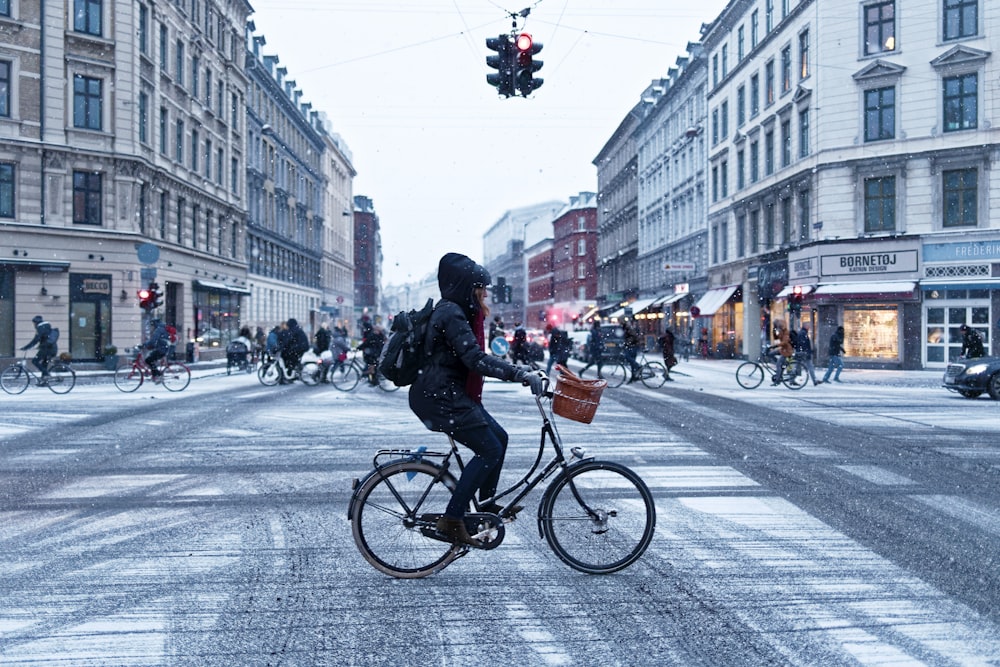
For many, the weather during each of the four seasons vary greatly depending on what climate you’re living in, so there are a number of considerations to be made throughout the year to ensure you can enjoy your ride by maintaining a steady body temperature, keeping as dry as possible, and staying safe, whether on your summer spin through the mountains or your winter ride along the coast.
We’ve all made mistakes when dressing for the weather, and the nature of cycling can really make you pay for those mistakes when you find yourself halfway through a ride with borderline frostbite in your fingers & toes or 20 miles from home dripping wet and fading fast.
These scenarios are quite common and easily avoidable, so this guide will help you prepare for cold weather rides, whether you’re having a rainy Washington winter or an icy New York one.
Kit out your wardrobe with items relevant to your winter season and you will see why riding in the winter season can be awesome, and remember what mom says: always take an extra layer with you, you may be glad you brought it!
One important point to make for each item is to buy items (where possible) that have bright colors and reflective materials, providing maximum visibility throughout the darker, cloudier, rainier, winter months.
Keeping safe is always the number one priority on your bike and dressing for visibility goes a long way in helping.
Gloves
Any good winter cycling wardrobe starts with a set of full finger gloves. When the weather starts to change, the first part of your body that will feel that change is your fingers, and having a warm set of gloves to change into will help keep your fingers nimble and responsive to aid in maintaining control, keeping you safe during your winter ride.
Best Cycling Gloves in 2025: A Buyer’s Guide & Top Models Reviewed
Mittens or gloves? Waterproof or not? This is going to depend mostly on your local climate, but for really cold winter days cycling mittens will keep your fingers as warm as possible while still giving you the mobility to shift gears and brake.
Keeping wet hands warm is difficult at the best of times, so having some water resistance is important if you’re expecting to get caught in the rain from time to time. Maintaining a good grip of the handlebars is also key for safety so make sure your glove choice has a grip on the palm.
Socks
A good winter sock will help you maintain happy feet during chilly winter rides. Thermal winter socks provide ample heat to prevent numbness and keep you warm and dry throughout your ride. Choosing good quality material is key here. Materials like merino wool help to keep you warm and wick away moisture for example, or you can buy waterproof cycling socks for even greater protection from the elements. Having waterproof socks can also let you skip the expensive waterproof shoes.
Winter Shoes, Shoe Covers & Overshoes
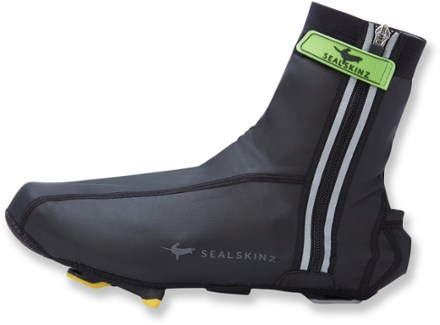
Winter cycling shoes are a luxury that not all cyclists need or care to have. For the most part, with some high-quality socks and protective shoe covers, they are not too important.
Some key features of winter cycling shoes are thermal layering, high ankles, waterproofing, and windproofing. These additions to your regular shoes provide extra protection from the elements and are perfectly suited for those living in areas where the winters are long and harsh.
If you’re needing less hardcore cold protection, definitely consider a thermal overshoe with wind protection such as the Gore Wear insulated overshoes. However, if you’ve already got yourself some top quality socks and are looking for a little extra protection, you can pick a more lightweight style with waterproofing and wind resistance.
Depending on whether you use mountain clipless or road clipless shoes, there will be a few different options available. Check the sizes of the covers before you buy, and if you’re not sure, it’s advisable to choose 1 size above your normal shoe size.
Bibs
When the weather takes a dive, it’s important to make sure you keep your legs well wrapped for a more comfortable ride and to help prevent injury. Well-made winter bib tights will fit comfortably, wick away sweat, retain heat, and won’t restrict movement. Your local climate should dictate which option you ultimately choose, as a mild Californian winter season will differ greatly from the often sub-zero New England conditions.
Knowing what your options are is important here as there are many: thermal leg warmers in conjunction with regular bib shorts, thermal chamois bib tights, or tights without a chamois to pull over your regular bib shorts. The other main considerations depend on your intended usage: water resistance, wind resistance, insulation, and sometimes zippers can be a really convenient addition to leg warmers. Going for a non-bib option could lead to exposed skin around the waistline and thus a very unhappy ride, so they’re not recommended for the winter season.
Pearl Izumi & Gore Wear offers high-quality, high-performance winter tights in the higher price range with wind-proofing & water-resistance for those braving below-freezing weather conditions. DHB & theblackbibs.com have no-frills alternatives in the low to medium price range. While still offering a great product, they don’t carry as much protection from the wind or rain and may be more suitable in less extreme winter conditions.
Winter Jerseys
Like with all the winter cycling gear we’ve touched on so far, there are many options when it comes to jerseys. For the most part, you get what you pay for in regards to high-tech materials & functionality for winter riding. Many jerseys are made stretchy and can be worn in combination with a base layer or a jacket, as on their own they will not provide ample protection from the elements. The great thing about these jerseys, though, is that they have multi-seasonality: in winter they help to protect from freezing temperatures, harsh winds, and driving rain, yet in spring or fall they can be worn on their own.
Modern jerseys are mostly a combination of synthetic materials, or sometimes also contain natural materials like merino wool (an ally for wicking moisture) that, when combined with the right synthetics, perform better in the rain. Winter jerseys will typically be long-sleeved, have varying levels of thermal regulation, are usually tight-fitting, and work to control moisture, so that when you crest the hill, all of the sweat you generate doesn’t cool you down rapidly on the descent.
Both Gore Wear and Castelli offer high-quality winter jerseys in the higher price range, while DHB has a range of winter jerseys of varying prices & qualities. In the lower price range, Decathlon’s Triban makes a great value winter jersey that functions perfectly in less extreme winter weather.
Jackets
An important consideration when purchasing any winter gear is, of course, windproofing & water-resistance. That being said, these technological advances in cycling gear also come with the trade-off of breathability, at least to some degree. Generally speaking (but not always), the higher-priced products factor in a ton of research and testing of fabrics, resulting in a high-performance product, but at a premium.
There are various types of jackets, and which one you choose will of course depend on your local climate and intended usage. For example, some riders won’t get on the bike with even a slight chance of rain forecasted, meanwhile, another rider may happily ride through heavy rainfall in the dead of winter.
Biking in the Rain — Top Tips to Enjoy Wet Weather Rides
Softshell jackets are primarily for keeping you warm. They can have some degree of resistance to rain and wind, but are generally more for insulation and built to be well-fit and flexible. These jackets have many similarities with the jerseys. Hardshell jackets are typically windproof or waterproof, designed to keep the elements out, but often result in keeping the sweat and heat trapped in, so it should be one that is easily removable and compact enough to stuff into a jersey pocket for when the heat starts to build.
As with all winter cycling gear, there is a huge selection from each of the expected brands. Bontrager offers an upper-end softshell jacket with water and wind-resistance for below-freezing temperatures. Gore Wear and Rapha offer waterproof winter jackets in the medium to high price range, while Endura’s windproof jacket is very highly regarded.
Baselayers
Baselayers are an important addition to any winter cycling wardrobe. They help keep you warm, but the main function is to wick sweat away from your skin, keeping you warm through hard efforts into the frigid east coast winds, or down long descents in the Rockies.
This type of shirt is generally sleeveless, however, full-sleeve or short-sleeve options also exist. It is worth choosing a high-collared base layer for colder conditions as it will be more effective at retaining heat compared to the low-collared alternative. Try to choose a base layer with minimal zips and; seams to prevent chafing.
Merino wool is a cyclist’s go-to baselayer outside of summer, because of its versatility. Helping to regulate the temperature in any variation of weather, it wicks sweat away masterfully and provides natural anti-odor properties to keep you smelling fresh.
Caps, Balaclavas, Neck Buffs

There are plenty of options when it comes to protecting your neck, head, and ears during your winter rides. Like other winter gear, some of these accessories have water & wind resistance or proofing. While all of these options are technically meant to fit under your helmet, some do a better job than others, so keep this in mind when trying on.
It’s recommended to look for a cap with ear coverings, as there isn’t a whole lot worse than a frosty wind whipping at your ears for the duration of your ride. Also, for anyone with long hair, there are options with a flap for a ponytail to run through. A neck buff to keep your neck toasty works well in combination with a cap, and is easy to remove while leaving the cap on, if you’ve warmed up sufficiently. Balaclavas are the extreme weather option for maximal protection from the shoulders up. These one-piece items are juggernauts of staving off the elements, but can only be worn all or nothing, so it is more difficult to regulate heat.
Because there are so many options for each individual item, if you follow the principles we’ve laid out in the article up until now, you will be able to choose the material, functionality, and option with confidence, so that your winter ride is as comfortable as possible.
Winter Cycling Know-How
Is cycling a seasonal sport?
From a professional standpoint, cycling is an almost year-round sport. With the main European season ending around October, and world-tour teams having a short break before beginning the new season in January. In the late autumn and winter months of the northern hemisphere, some races take place in the southern hemisphere and the middle east.
Can I cycle year-round?
Yes. For less harsh winters, say in the southern states & west coast, year-round riding is relatively simple. In northern winters, however, there may be a period in the year where the cold; snow doesn’t allow for safe riding, but this extreme weather is unlikely to last the entire winter season, so with the right equipment & clothing, you can certainly cycle almost all-year-round.
What temperature is too cold to cycle?
There isn’t a specific temperature where it becomes too cold to cycle, just your personal threshold and preparedness when it comes to temperature. By following the tips in the above article and preparing your wardrobe for harsh conditions, you can cycle temperatures well-below freezing as long as the roads are safe to ride and your bike is meant for those specific conditions. Always beware of rain when it’s cold out, as there is potential for hypothermia if you get caught in a freezing cold rain shower.
Is cold bad for bikes?
Thankfully, bikes aren’t affected by the cold. They do however respond negatively to moisture, so as long as you keep your bike dry, there’s no problem with storing your bike in an unheated shed for the winter.
Is cycling harder in cold weather?
Generally, it is more complicated and potentially more difficult to cycle in cold weather. Between extra layers, warming up properly, maintaining an optimal body temperature throughout, and dealing with cold-weather road conditions, there is a lot more to think about for your cold-weather rides. Optimum temperatures for each rider will vary, but these added considerations definitely make cold-weather riding harder to optimize.
How do cyclists keep warm in the winter?
Cyclists make sure they are prepared for the winter months, be it for freezing temperatures, or just more wind and rain, by wearing the appropriate clothing as we’ve outlined above, and by being aware of the local forecast. Dressing appropriately and avoiding rain are the top 2 ways cyclists keep warm in the winter.
Shop Winter Apparel on REI Shop Winter Apparel on JensonUSA

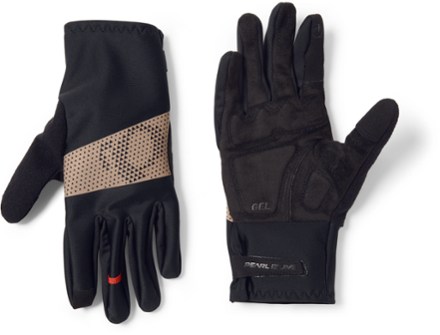
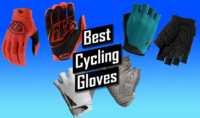
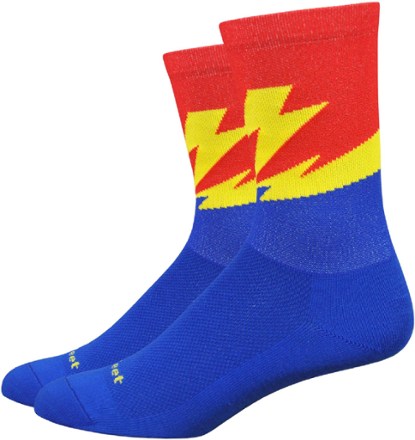
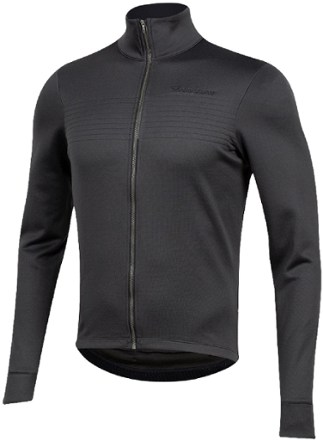
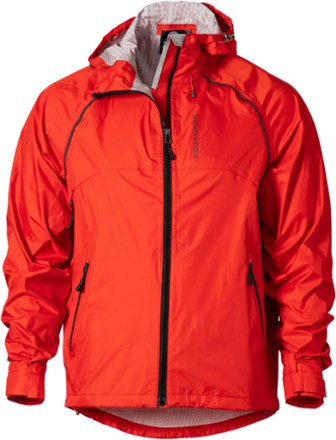





That,s really an amazing and informative article.